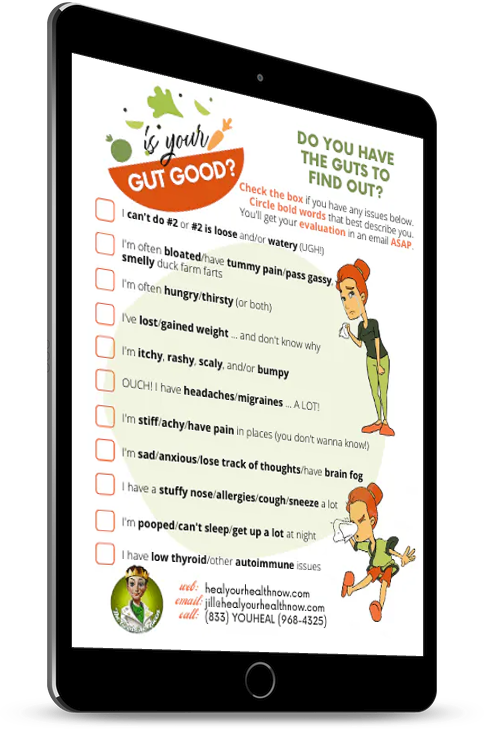One of my disordered-eating clients made a HUGE breakthrough this week! She wrote, “If I could choose more than one mood, it’d be both happy and confident. Also excited, hopeful, motivated, unstressed, and calm, if they were options! :-)”.
Why is this so HUGE? Well … most people with disordered eating either use overeating to stuff down feelings or restrictive eating to control them. Either way, feelings are not anywhere to be found on their lusciously groaning smorgasbord for anyone who uses food for any other reason than hunger, pleasure, or socialization.
I wrote back, “Feeling many feelings at the same time is NORMAL!”
We love actors that show us the whole gamut of emotions. I know. I was once one. And spent many formative years at the hems of most of the most famous acting coaches of the 20th Century. Later, I became a coach myself.
I once had a student who was terrible … truly terrible … when he started. But he worked really hard. I was teaching Method then (I spent an on-and-off ten years with Method guru Lee Strasberg [yeah … the one in Godfather II] and even ran his school for a brief time here in L.A.) … where you use your own experiences to train impulses and emotions to react realistically.
One day, my student did a monologue where he explained how he had become an assassin. His performance was chilling. When I asked him how he prepared, he explained he used the emotions from two experiences to produce the effect. But, since these preparations would debilitate him emotionally, he used two others to negate that debilitation and add more color to his performance.
Another student, who had years of Method training way before he got to me, instinctively turned and we shared amazed looks. My once-lame actor had found his emotional footing. Soon after, he went on to co-star in a film.
This actor’s journey reminded me that actors have always been the ones who channeled emotion for the normal folk in their tribe. It’s been that way since the dawn of man. But don’t you think, since we’re now we’re in the 21st Century, that normal folk should claim their feelings for their own?
Emotions have been studied for years
Darwin (yes … that Origin of the Species Darwin) wrote The expressions of the emotions in man and animals, which was a landmark work still used as a seminal resource about emotions. Because it used photographs as a way to show the evolution of behavioral traits. Darwin postulated that the muscles of the human face have adapted to show certain emotions. No other mammals exhibit this adaptation.
Psychologist Paul Ekman expanded on this idea by photographically showing how people try to hide these adapted feelings. They display what he calls micro expressions, which are involuntary and expose a person’s true emotions. These universal facial expressions are exhibited by everyone around the world. And can occur as a result of conscious suppression or unconscious repression.
Repressed emotions can make you sick
It’s well-researched that the feeling of shame can cause inflammation. And that inflammation is the root cause of just about any disease you can think of. Especially autoimmune disease, which is a huge problem … and growing.
Negative emotions like shame can therefore make you sick. So can you imagine what perceived trauma can do? The neurotransmitters that fire in the brain also connect with hormones, immune cells and organs. This interconnectedness allows us to function well, or fall into dysfunction. Quite simply, negative emotions and trauma can cause disease, but positive expression and uplifting thoughts can also create well-being.
But this is no easy task. Because, according to Rick Hanson’s book, Hardwiring Happiness, “Your brain has a negativity bias that makes it like Velcro for negative experiences and Teflon for positive ones. This bias evolved to help ancient animals survive, but today it makes us feel needlessly frazzled, worried, irritated, lonely, inadequate, and blue.”
In other words, you still have the fight-or-flight response of Neanderthal man. You’re predisposed to psychically record dangers, like a thundering wooly mammoth in your path, a lot more readily than you are the pleasurable poignant fragrance of a flower or the electric fur-feeling of your cat rubbing on your leg.
The good news … you can turn that around. And, just as I trained my emotions to respond to internal and external stimuli as an actor (we also played with outer things like temperature changes and the feel of emotionally-charged objects), you can do the same quite easily in a few minutes every day by just slowing down and noticing stuff you encounter all the time.
Your first “Tickle-Feeling” Exercise
I’ve come up with a host of ways for you to connect with your internal emotional life. But, if you’re one who insists, “I just don’t feel anything” (and I’ve had tons of those I’ve worked with, especially in my years in alcohol and drug rehab), or want to focus a newly-discovered cacophony of feeling like my client. here’s a good way to start. Because it doesn’t directly deal with drumming up emotion. Yet. That’s why I call these “Tickle-Feeling” exercises.
So here’s your first one … right out of the Method playbook. Whatever you drink in the morning (we used to use coffee but there are so many variations these days … from Chai Lattes to alkaline water), take a moment to take it in. Feel the bottle/cup/glass in your hand … feel its texture … places where it might be smooth … and others curved or bumpy … take it all in. Feel the weight of it in your hand … and the temperature coming through its sides. Stay with that awhile. Then … when you’re ready … raise it slowly to your lips and take a small sip.
Hold the liquid in your mouth and take some time to experience it … its temperature … texture … taste. Take a swallow and feel it going down. Then take a breath … and a moment to relive the whole experience. Continue in this way as long as you like … experimenting with different ways to hold the container/sips or gulps/whatever. Then shake it out and go about your day.
I’ll share more exercises in my next article. Meanwhile remember to …
Never apologize for being sensitive or emotional. It’s a sign that you have a big heart, and that you aren’t afraid to let others see it. Showing your emotions is a sign of strength. ~ Brigitte Nicole
Leave Your Comments about Feelin’ Groovy … and Apprehensive … and Annoyed … Below
Do you feel you’re experiencing your full gamut of emotion? Would you like to? If not, what are you afraid of?


Leave a Reply